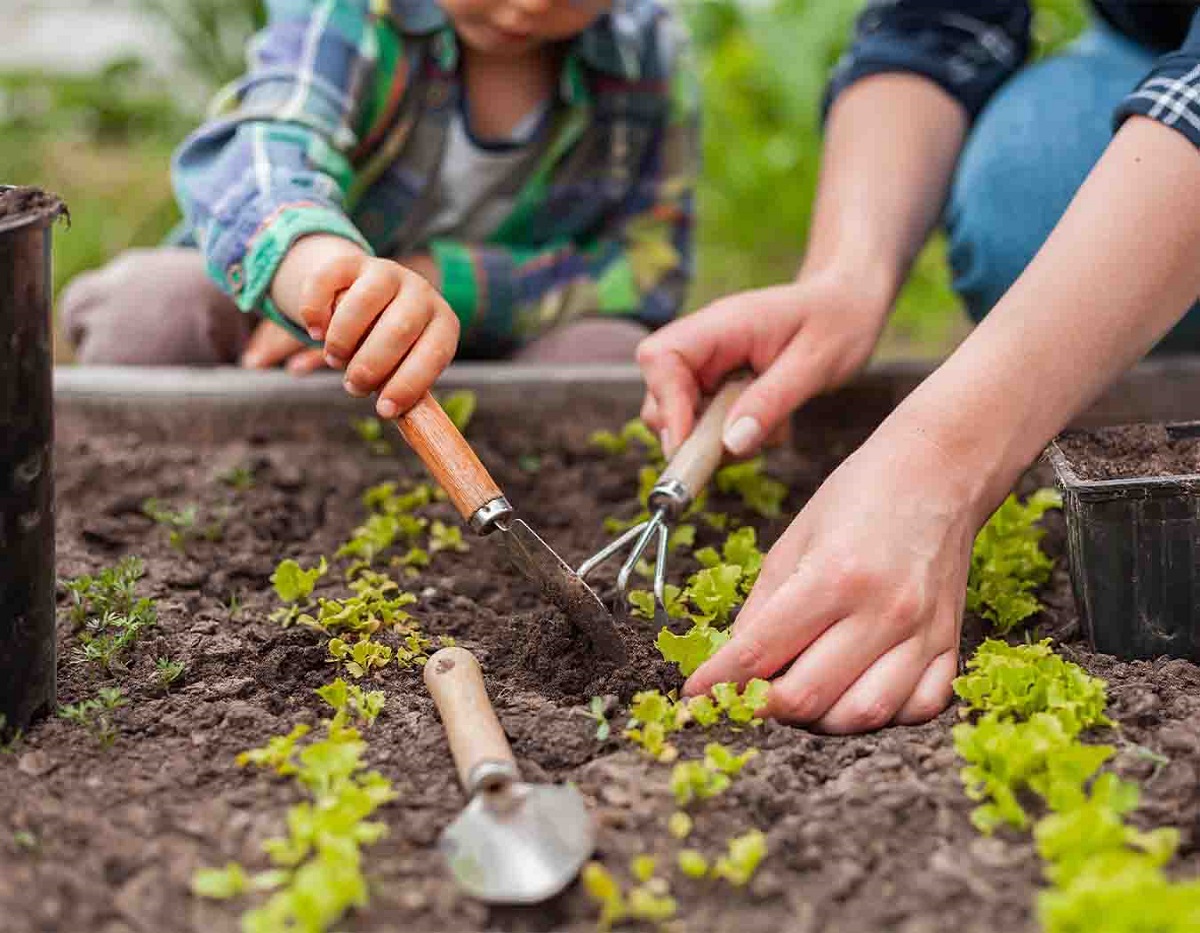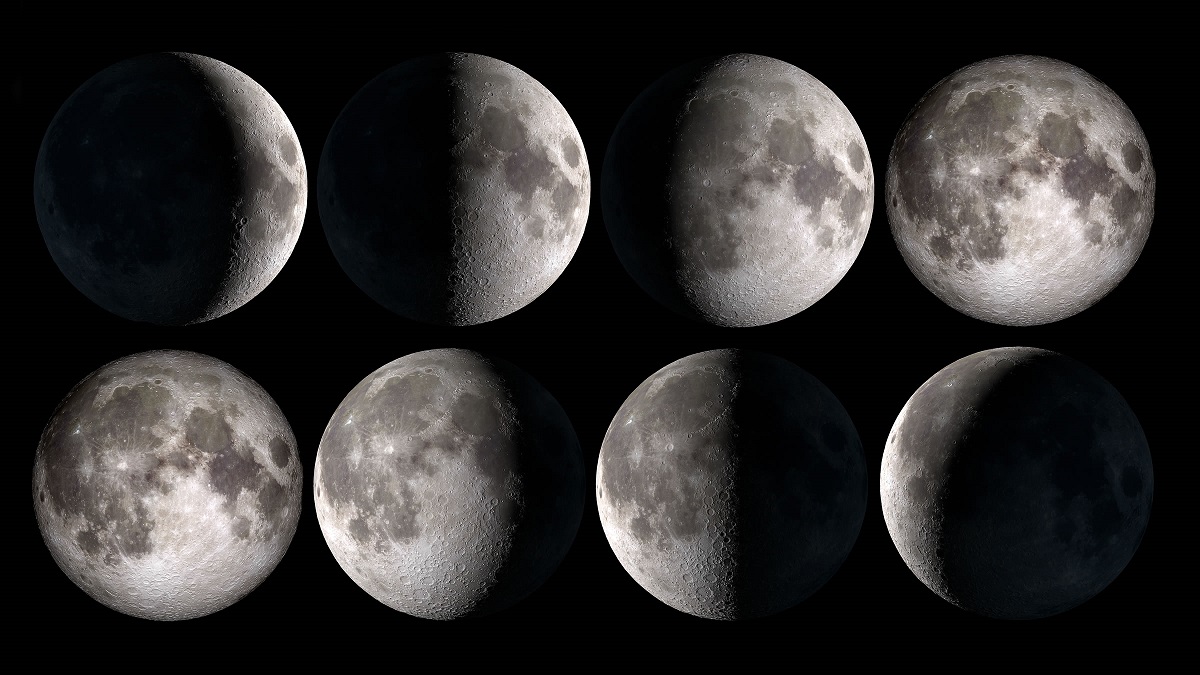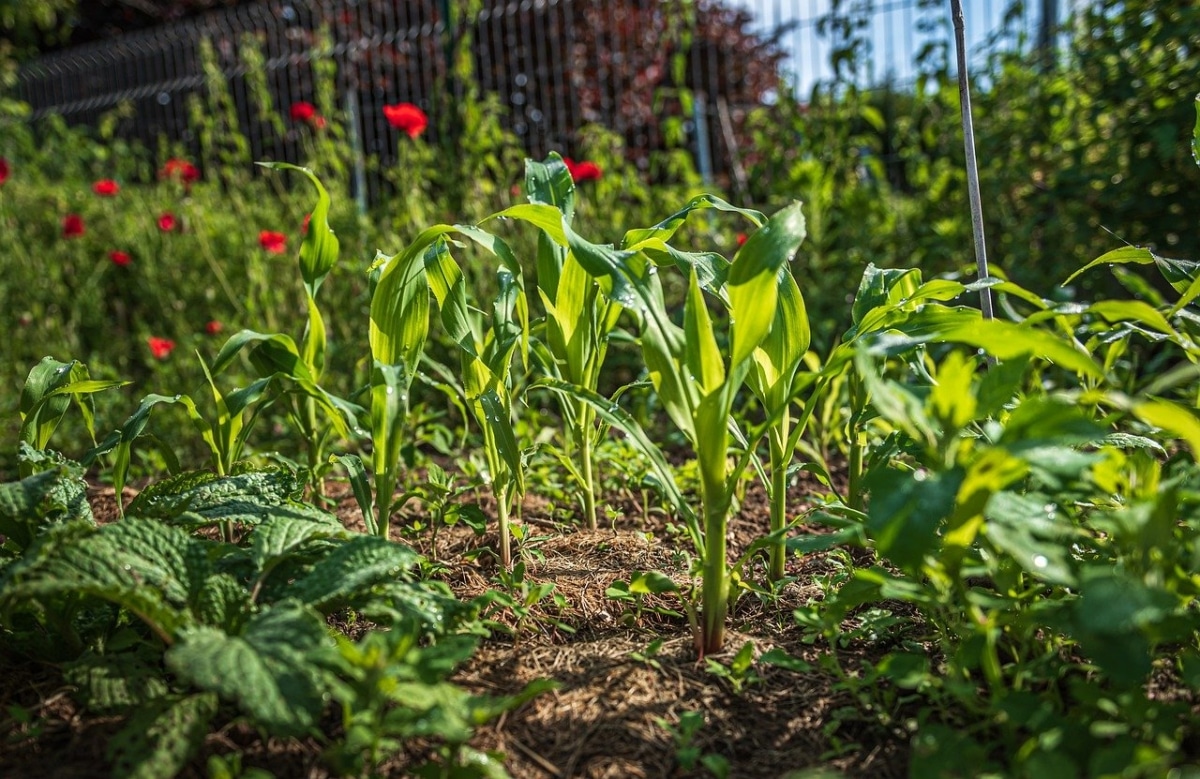
According to many gardeners, the moon can have an effect on plants. Depending on the phase of the moon, the sap flows more towards the roots or towards the aerial parts of the plant. Thus, there will be times that are more suitable for the growth of plants than others, times that favor the cultivation of some species and others adapted to their harvest. This makes the lunar calendar for the orchard or garden is an important aspect to take into account.
Therefore, we are going to dedicate this article to tell you everything you need to know about the lunar calendar for the orchard or garden.
Lunar calendar for the orchard or garden

To take advantage of the cycles of our natural satellite, you can cultivate at optimal times according to the lunar calendar. The phases of the moon rise or fall, plant according to the season or even when you are not planting, we tell you everything in our gardening calendar.
The lunar calendar distinguishes four days: Day of the Root, Day of the Flower, Day of the Seed of the Fruit and Day of the Leaf. The first corresponds to the moment when the Moon passes in front of the constellations of Taurus, Virgo and Capricorn; the second, when the Earth's satellites pass in front of the constellations of Gemini, Libra and Aquarius. Aries, Leo and Sagittarius are affected by the Days of the Fruit and the Seed; the last three signs for the leaf days.
Therefore, depending on the type of dates that appear in the lunar calendar, it is recommended to approach the planting of tubers such as carrots or onions, the collection of fruits from fruit trees, the removal of nettles, the pruning of hedges, etc. Keep in mind that there are days when gardening is not even recommended, such as Lunar New Year's Day.
Sow in lunar phases?

It is advisable to sow seeds when the moon rises. Depending on the nature of the planting of vegetables, the preferred period is different:
- Fruits and vegetables like zucchini they should be planted when the Moon is in Sagittarius or Aries.
- Root vegetables like carrots or garlic they should be sown when the Moon is in Capricorn or Taurus.
- Flowering vegetables like broccoli or cauliflower they should be planted when the Moon is in Aquarius.
- When the Moon is in Pisces, sGreen leafy vegetables such as lettuce or cabbage should be planted.
In what phase of the moon is it planted and in which is it harvested?
When the seedlings begin to grow and the new shoots are ready, they can be planted in larger containers or outdoors if the season is right. This work of transplanting must be done when there is a moon, because the sap is concentrated in the roots and makes them more vigorous.
Vegetables are harvested at different times depending on the type to which they belong. when the moon rises, plants have their sap in their aerial parts. This is a good time to harvest leafy green vegetables like cabbage, flower vegetables like broccoli, and fruit vegetables like zucchini.
Instead, when the moon sets, the sap migrates to the roots of the plants. This is an ideal time to harvest root crops like carrots and potatoes. The latter will be tastier since the sap is concentrated in the roots of the plant.
Lunar calendar for the garden or garden first quarter

What to plant in January 2023
In January, be careful with the cold and the risk of frost when planting outdoors. Time to start your sheltered greenhouse seedlings. January is not the best time to harvest, but you can still get some vegetables like leeks.
- Plant carrots and radishes on rooting days (2-4, 12-15, 29-31 January).
- In the leafy days (January 8, 17, 18, 25 and 27), plant leeks and cabbages.
The moon will rise from January 1 to 5, then from January 20 to 31. During this time, focus on transplanting, planting, and harvesting leafy greens, flowers, and fruits. From January 6 to 19, the moon will be waning. This is the ideal time to cut and layer. This is also the time to harvest the tubers.
February 2023
In February you can continue sowing in the greenhouse and do the first sowing and transplant outdoors. As for the aged wines, you will surely like cabbage and leeks.
- Plant garlic and carrots on rooting days (February 1, 8-11, 18, 26-28).
- Plant tomatoes during the fruiting period (February 5-7, 16, 17, 24 and 25).
- Plant the sprouts on leafy days (February 4, 14, 15, 21, 23).
On February 1, and then from February 16 to February 28, the moon will rise. This will be the time to sow, plant and graft. Harvest vegetables, except root vegetables. From the 2nd to the 15th, the moon will go down and you will be able to transplant your sprouts and take cuttings from your plants. You can also harvest its tubers.
What to plant in March 2023
In March, the beautiful days are coming and it is time to plant seeds in the ground. Now is the time to harvest the first radishes, cabbages, spinach and leeks.
- On rooting days (8-11, 17, 25-27), plant garlic, carrots, radishes, and potatoes.
- On flowering days (1, 2, 12, 18, 19, 28 to 30), sow the broccoli and the first artichokes.
- Plant spinach, leeks and cabbages on leafy days (3, 4, 13, 14, 20 to 23, 31)
- Plant tomatoes, early cucumbers, and beans on fruiting days (5-7, 15, 16, 24).
From March 1 to 14 and from March 28 to 31 the moon will fall, which it is an ideal time to take cuttings, transplant and even harvest tubers. Between the 15th and the 27th the Moon will rise. Focus on sowing, harvesting or transplanting. Harvest vegetables other than tubers.
I hope that with this information you can learn more about the lunar calendar for the orchard or garden.